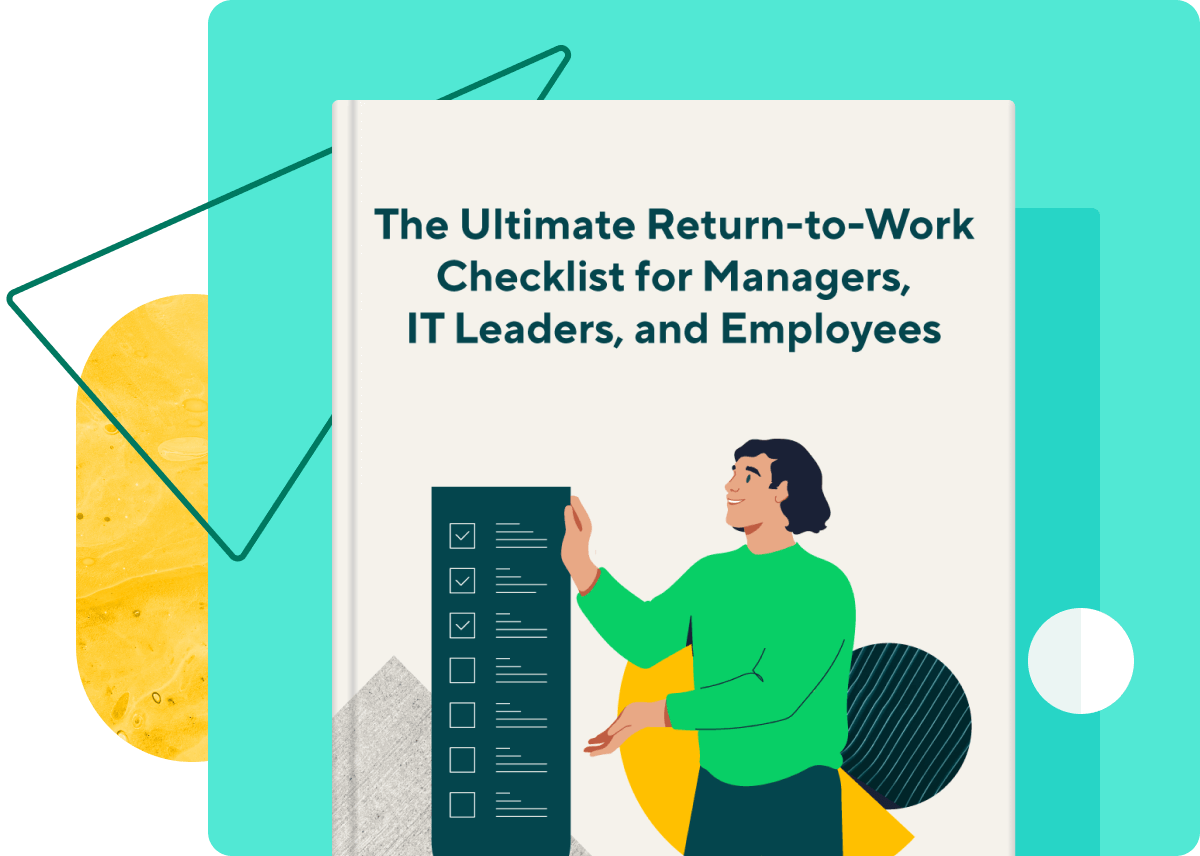The Ultimate Checklist for Team Members at Every Level
Returning to the office post-pandemic poses a number of challenges to employers, managers, and employees alike. From workplace hygiene to hybrid hiring, every person’s role is important in creating a safe and secure workplace. Our comprehensive eBook covers managers’, IT leaders’, and employees’ responsibilities in detail, including the specific factors to consider in each department, all in a handy checklist format that can be bookmarked and referred to in the months to come.





